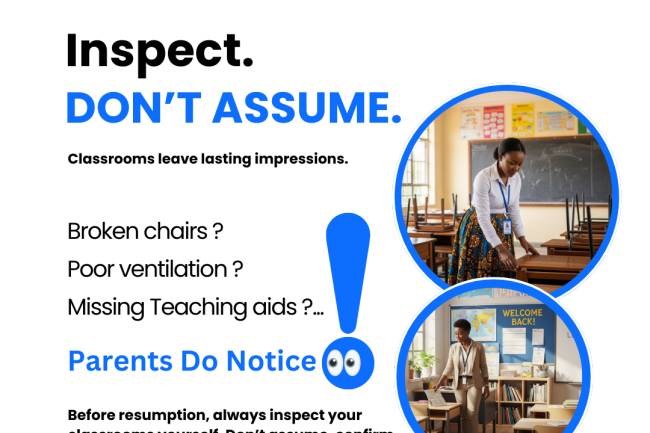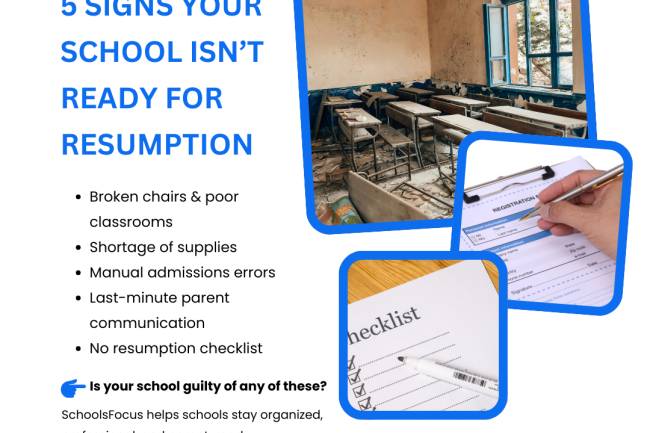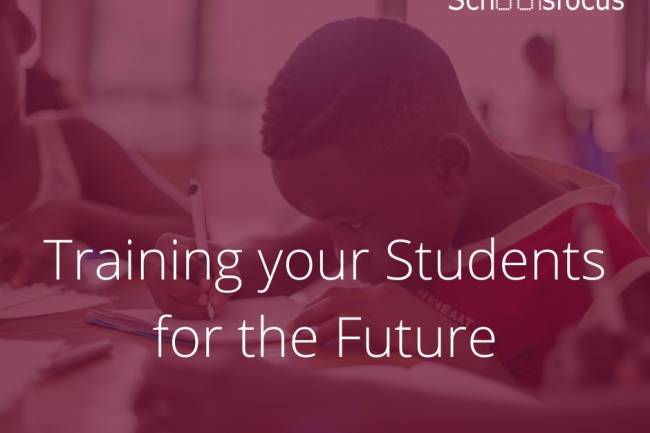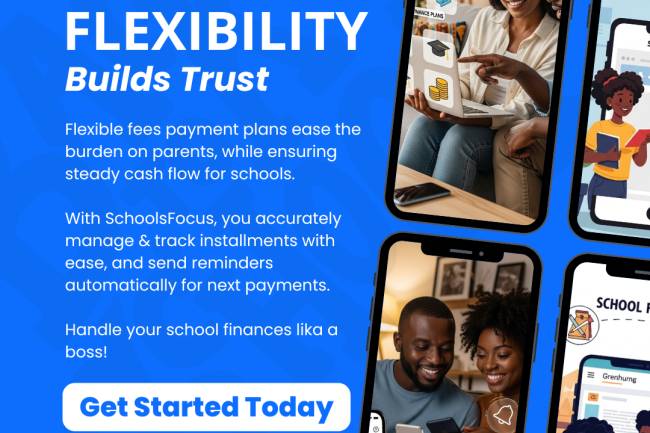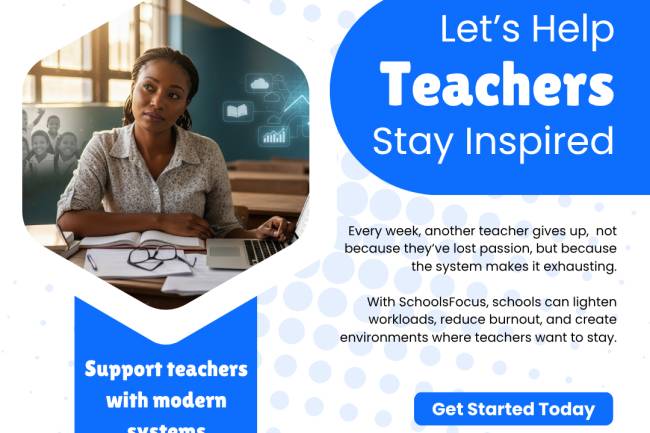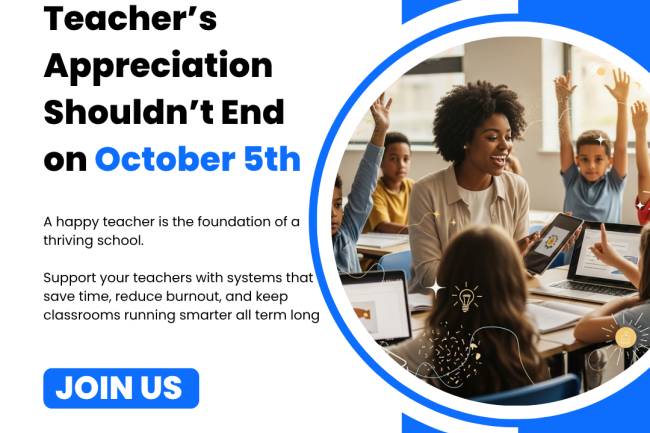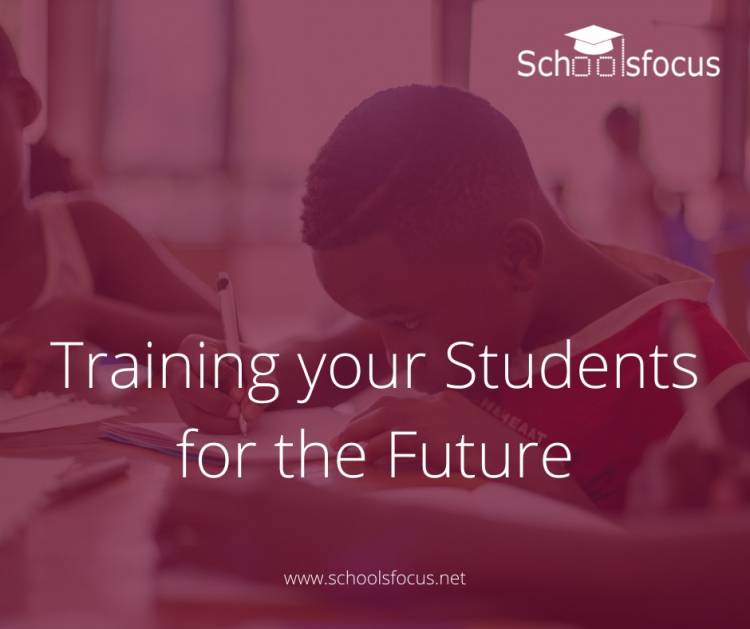
Training your Students for the Future
Education is the key to the future, but after graduating we find ourselves doing jobs that we never dreamt of doing. What is the problem? Is it that education has failed in raising people for the future or the teachers are not being equipped to train students for tomorrow?
Ken Robinson puts it this way in his widely popular TED Talk, "Do schools kill creativity?":
Most people were steered away from things at school when they were kids, things they liked, on the grounds that they would never get a job doing that. Is that right?
Don't do music, you're not going to be a musician; don't do art, you won't be an artist.
Benign advice -- now, profoundly mistaken. The whole world is engulfed in a revolution.
Our schools, community colleges, and universities should be incubators of exploration and invention.
The workforce will be different when our students enter it. In fact, it likely will look different before many of them enter it.
We can't keep teaching as if the world is static, we need to be evolving with the world.
We think there are certain skills that are timeless, that we can help students develop that will serve them no matter what the future will look like. We think these skills can help students become ready for tomorrow.
Here are 5 ways you can train students for the future:
1. Give students as much control of their learning as we can. If the workforce is shifting constantly, students will need to be able to learn on their own. We can empower them to find what they need when they need it. We can help them tailor their education to what works for them so they'll know how to do it later.
2. Help students Acquire New Technical skills. Not long ago, many schools focused on teaching students Microsoft Office. It was the gold standard of digital productivity and a necessary tool to use. As the world changes, more and more options will exist for getting things done. We can help students know how to learn new tools instead of just teaching them the ones that are useful now.
3. Give students opportunities to be creative. If these new jobs are appearing out of nowhere, someone has to dream them up. Creativity is a skill that we can help students develop. Plus, it's a skill that's increasingly necessary where more cognitively complex jobs are in demand. We can let students flex their creativity muscles in their work in our classes.
4. Help students think of adding value. Really, one of the most important skills one can bring to the workforce is the ability to add value to a company, a client, or a community. Adding value can take many shapes. We can help students take the mindset of finding creative ways to help. They'll find new ways to become valuable to their employers (even if that employer is themselves!). Money is a reward for value added.
5. Put students in a position where they must think on their feet. Quick thinking, problem-solving, and adapting on the fly are skills that aren't going away. Those are skills that can be developed, too. They're not innate gifts. We can help students practice coming up with good ideas on the spot so they're better at it when they leave school.
Clearly, there’s no better way to train our future leaders for tomorrow than to empower them with the ability to find what they need when they need it in class, help them acquire new technology skills, think out new things and solve problems out of the box in their classwork and assignments and be valuable wherever they find themselves. With these abilities in our children, they won’t just be ready for what the future holds, they will be ready to create the future.
